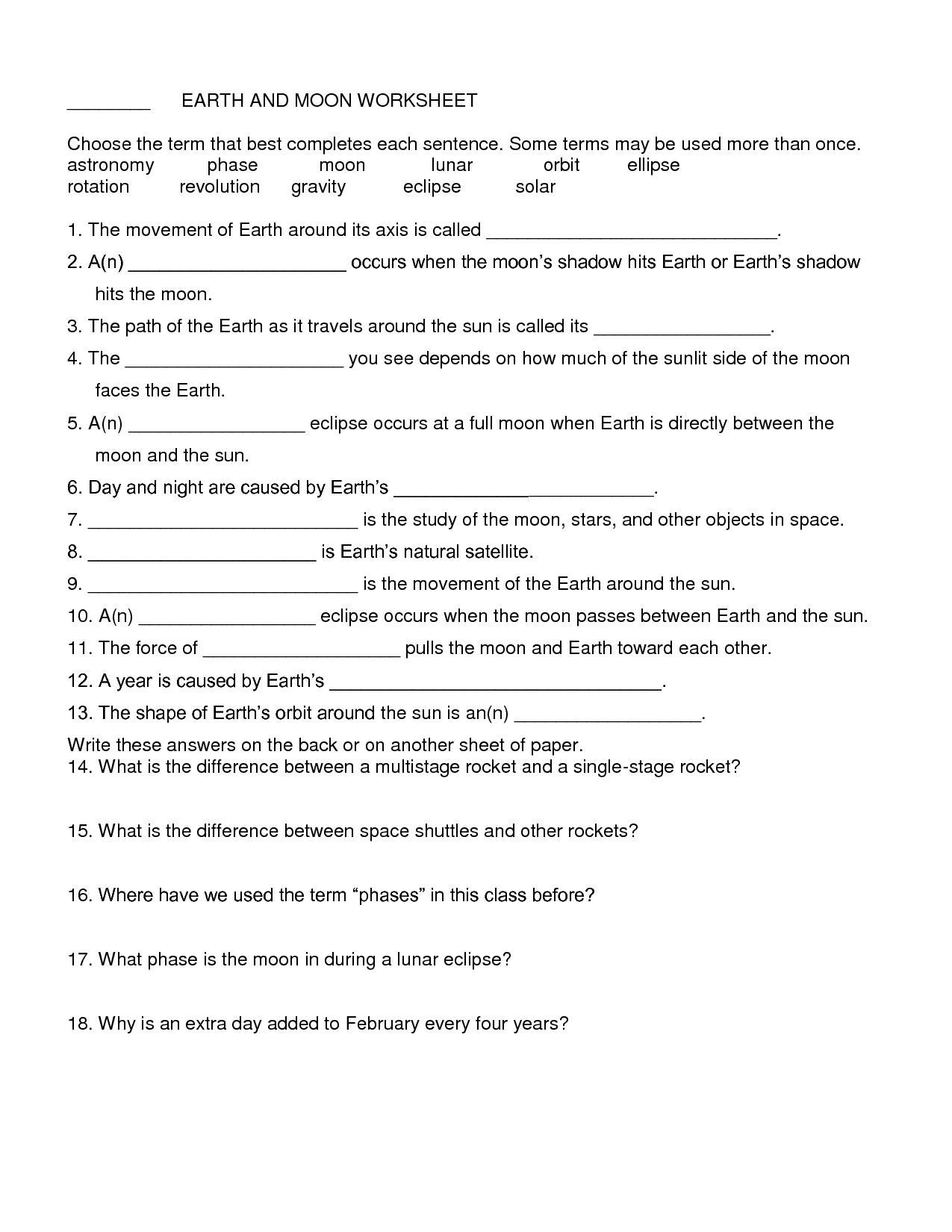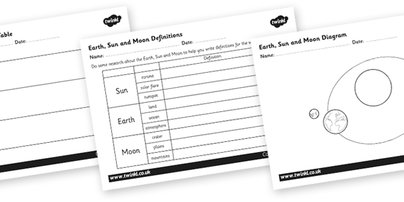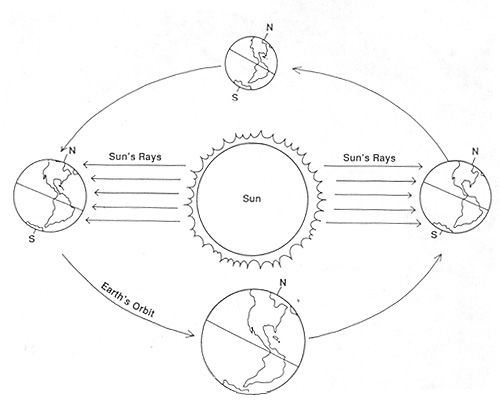Earth and Sun Worksheets
Are you in search of engaging and educational resources to help teach your students about the Earth and the Sun? Look no further! Our Earth and Sun Worksheets are designed to captivate young minds and make learning about these fascinating entities exciting and accessible. Suitable for students in primary and middle school, these worksheets provide a comprehensive understanding of the Earth and the Sun, covering topics such as their characteristics, movements, and the relationship between them.
Table of Images 👆
More Other Worksheets
Kindergarten Worksheet My RoomSpanish Verb Worksheets
Cooking Vocabulary Worksheet
My Shadow Worksheet
Large Printable Blank Pyramid Worksheet
Relationship Circles Worksheet
DNA Code Worksheet
Meiosis Worksheet Answer Key
Art Handouts and Worksheets
7 Elements of Art Worksheets
What is the Earth's distance from the Sun?
The average distance between Earth and the Sun is about 93 million miles (150 million kilometers), a distance known as an astronomical unit (AU).
What is the approximate diameter of the Sun?
The approximate diameter of the Sun is about 1.4 million kilometers.
How does the Sun generate energy?
The Sun generates energy through nuclear fusion, where hydrogen nuclei fuse together to form helium, releasing vast amounts of energy in the process. This fusion process occurs at the Sun's core, where extreme temperatures and pressures enable the fusion reactions to take place. The energy released from these reactions then travels outward through the Sun's layers, eventually reaching the surface and radiating out into space as sunlight.
What are the layers of the Earth's atmosphere?
The layers of the Earth's atmosphere, from Earth's surface going upwards, are the troposphere, stratosphere, mesosphere, thermosphere, and exosphere.
How does the Sun's gravity affect the Earth?
The Sun's gravity affects the Earth by keeping it in orbit around the Sun. The gravitational force from the Sun is what keeps the Earth and other planets in the solar system moving in a regular orbit, as well as maintaining the shape and stability of our planet's orbit around the Sun.
What is the Earth's revolution and how long does it take?
Earth's revolution is the orbital motion it makes around the sun. It takes approximately 365.25 days for the Earth to complete one revolution around the sun, resulting in a year.
What is the significance of the Earth's tilt on its axis?
The Earth's tilt on its axis, at approximately 23.5 degrees, is significant because it causes the changing seasons as different parts of the planet receive varying amounts of sunlight throughout the year. This tilt is what leads to the longer days and shorter nights in summer, and shorter days and longer nights in winter. It also contributes to the diversity of climates and habitats on Earth, influencing weather patterns, ecosystems, and agriculture.
How does the Earth's atmosphere protect life on the planet?
The Earth's atmosphere is crucial for protecting life on the planet by shielding it from harmful ultraviolet radiation from the sun, regulating temperature through greenhouse gases that trap heat, providing the oxygen necessary for respiration, and deflecting meteoroids and other space debris through friction and heat during entry. Additionally, the atmosphere helps maintain the water cycle by facilitating precipitation and preventing excessive evaporation, ensuring the availability of water for life on Earth.
What is the Sun's role in the water cycle on Earth?
The Sun plays a crucial role in the water cycle on Earth by providing the energy needed to drive the cycle through the process of evaporation. The Sun's heat causes water to evaporate from oceans, lakes, and rivers into the atmosphere, where it eventually condenses into clouds and falls back to the Earth's surface as precipitation. This continuous cycle of evaporation, condensation, and precipitation is essential for the distribution of water across the planet and sustaining life on Earth.
How does the Sun's radiation reach the Earth?
The Sun's radiation reaches the Earth through a process called electromagnetic radiation, where energy is transferred in the form of electromagnetic waves. These waves travel through the vacuum of space and pass through the Earth's atmosphere, heating our planet and providing light for life to thrive on Earth.
Have something to share?
Who is Worksheeto?
At Worksheeto, we are committed to delivering an extensive and varied portfolio of superior quality worksheets, designed to address the educational demands of students, educators, and parents.

























Comments